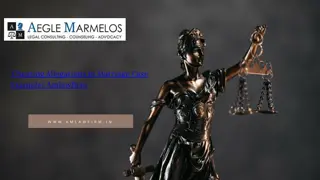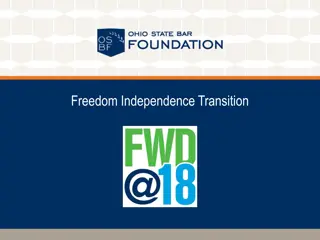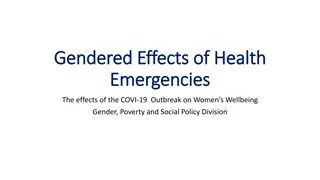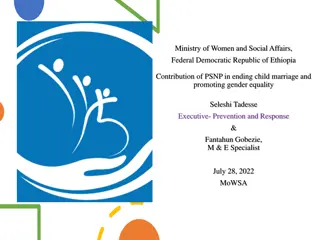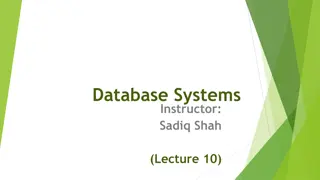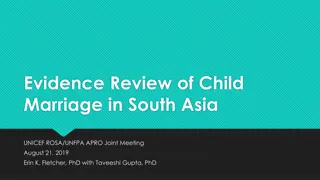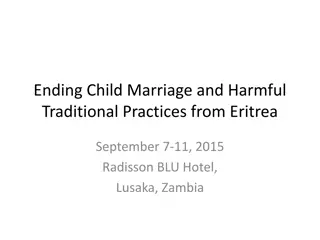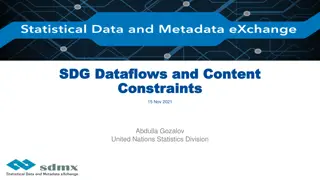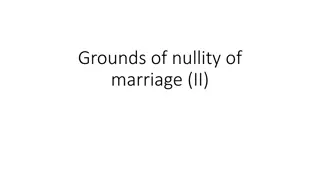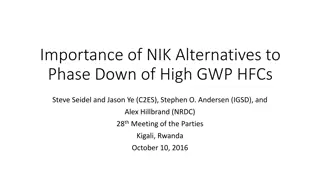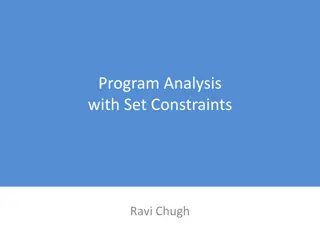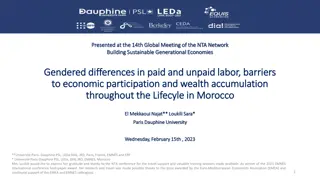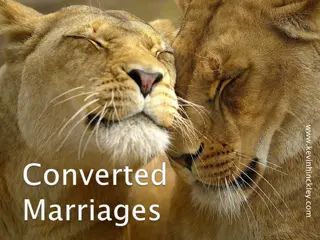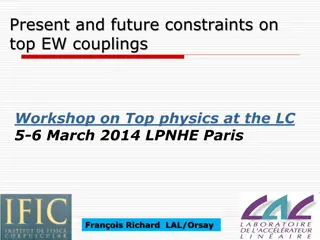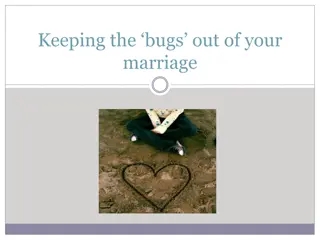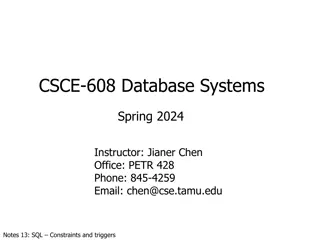Understanding Child Marriage: Gendered Constraints and Alternatives
This research explores the structural drivers of child marriage and examines the gendered constraints faced by young women and families. It delves into the decision-making processes and choices of various actors related to early marriage, offering insights into the complexities of societal norms, economic factors, and individual agency. The study aims to contribute to debates on child marriage by providing an emic understanding of the issue.
Download Presentation

Please find below an Image/Link to download the presentation.
The content on the website is provided AS IS for your information and personal use only. It may not be sold, licensed, or shared on other websites without obtaining consent from the author. Download presentation by click this link. If you encounter any issues during the download, it is possible that the publisher has removed the file from their server.
E N D
Presentation Transcript
Child marriage, structural drivers and alternatives: Attending to gendered constraints and structures encountered by young women and families Esther Miedema, Winny Koster & Nicky Pouw, GID
Overview 1. AISSR Her Choice research programme: intro and set up 2. Overview of articles in Special Issue & key arguments 3. Thinking about implications 2
HC impact evaluation study - design Difference in Difference design: Treatment and comparison locations Three phases: Baseline, Midline, Endline Mixed-methods: Quantitative and qualitive data collection tools Collect data to: Measure 39 programme indicators in all 10 countries Support, validate, inform, explain indicators Generated questions regarding notion of 'choice' in contexts characterised by fewer opportunities & where choice might be (even) less an individual matter
Special issue: background & rationale Governing choice and child marriage: Young women, marriage and development aid programes, Progress in Development Studies Guest editors: Esther Miedema, Winny Koster and Nicky Pouw Growing investment in early marriage issue meriting attention What drives decisions, and is a focus on women s individual choice as indicative of feminist gains (always) useful? Who is served by focus on women s empowerment as typically conceived? Women? Purpose of SI: to contribute to debates on CM by offering emic understanding of decision-making processes and choices of various sets of actors.
Special Issue: intro & findings Different affiliations & different research designs, most within larger intervention programmes Research conducted in settings with high prevalence rates in SSA, South (East) Asia Reasons for marriage: o Free choice? (Saul et al.): In contexts where emphasis is placed on girls obedience, parental and community approval, and there are limited economic opportunities, particularly for women, what does it means to have a choice? o Complexity (Jones et al.): interplay of social norms, economic factors, and young women s capacity to exercise choice, and variation that exists depending on individual, family, and community characteristics o Traditional or modern (Hori)?: Marriage as resolving contemporary problem of unplanned out-of-wedlock pregnancy and as response to current precarities.
Implications o When we draw on understanding of CM as primarily indicative of lack of education, individual rights, harmful traditions, and women (in the Global South) as victims, tendency to fall back on awareness raising (Van Raemdonck& De Regt; Miedema et al.) o Need for dialogue and space for women and men s own perspectives, and parking assumption that CM is always and unvaryingly harmful (Van Raemdonck& De Regt; Miedema et al.) o Given constraints and possibilities of particular socio-economic contexts and existing (gender) orders, what functions does child marriage serve?
In closing o Exclusive focus on negative outcomes of child marriage, and 'empowering' girls and 'combatting'CM as counterproductive. Such a focus may mean that: more child marriages gounderground; positive outcomes of child marriage are overlooked, such as (short-term) social, physical, and economic security; complex structural processes and drivers of child marriage are insufficiently addressed in programs; and too little is done to identify alternative arrangements that could generate the kinds of securities families and girls may seek, while mitigating the negative (longer-term) consequences
Questions to explore What kinds of alternative arrangements could be identified that could generate the securities families and girls may seek when deciding on an early marriage (while mitigating the negative (longer-term) consequences)? What role can we play in addressing complex structural processes and drivers of child marriage? What is within our scope, and what can we do (and which alliances are needed) in relation to underlying structures? How do we tackle the gendered dimensions of structural constraints and barriers?






